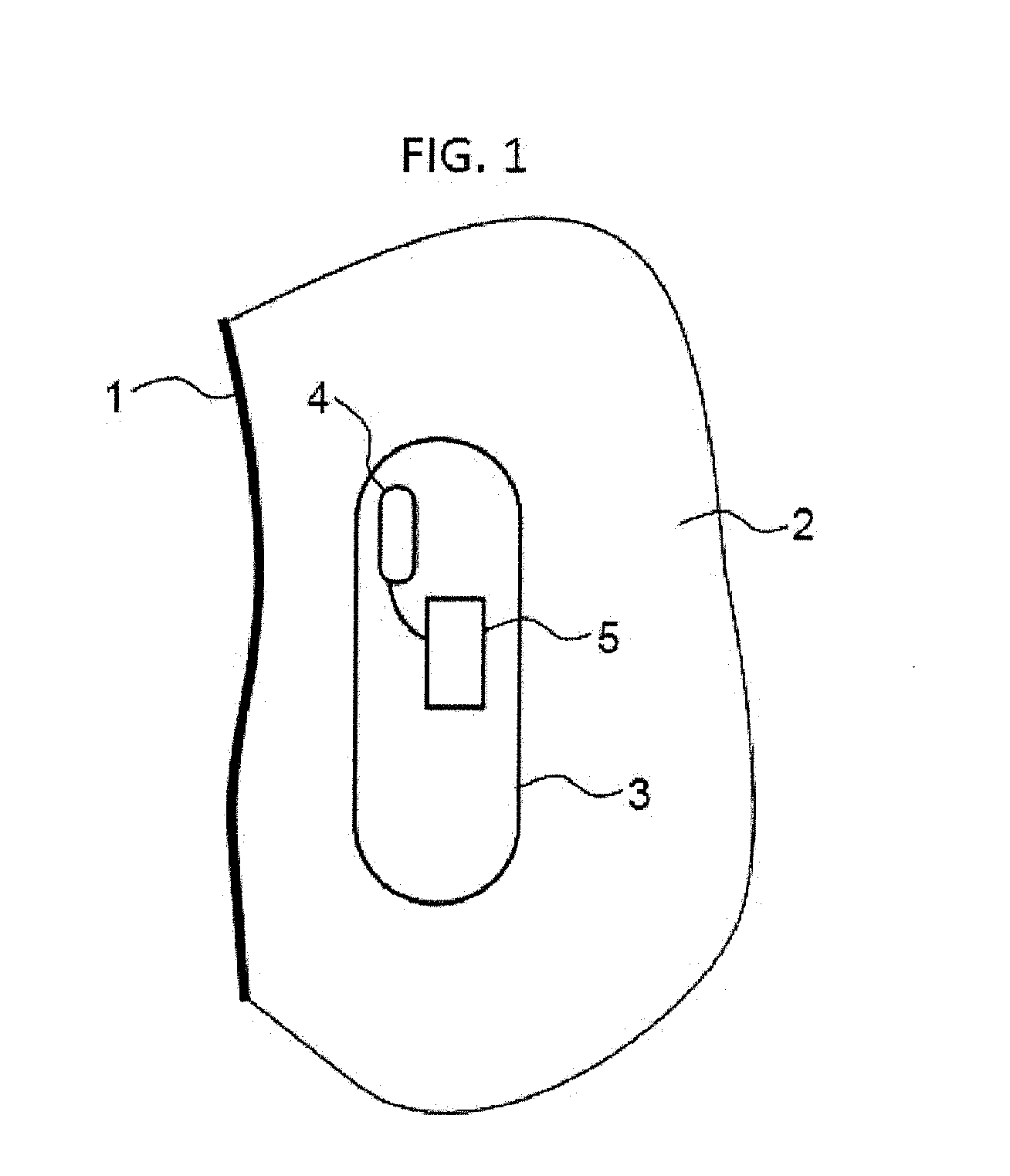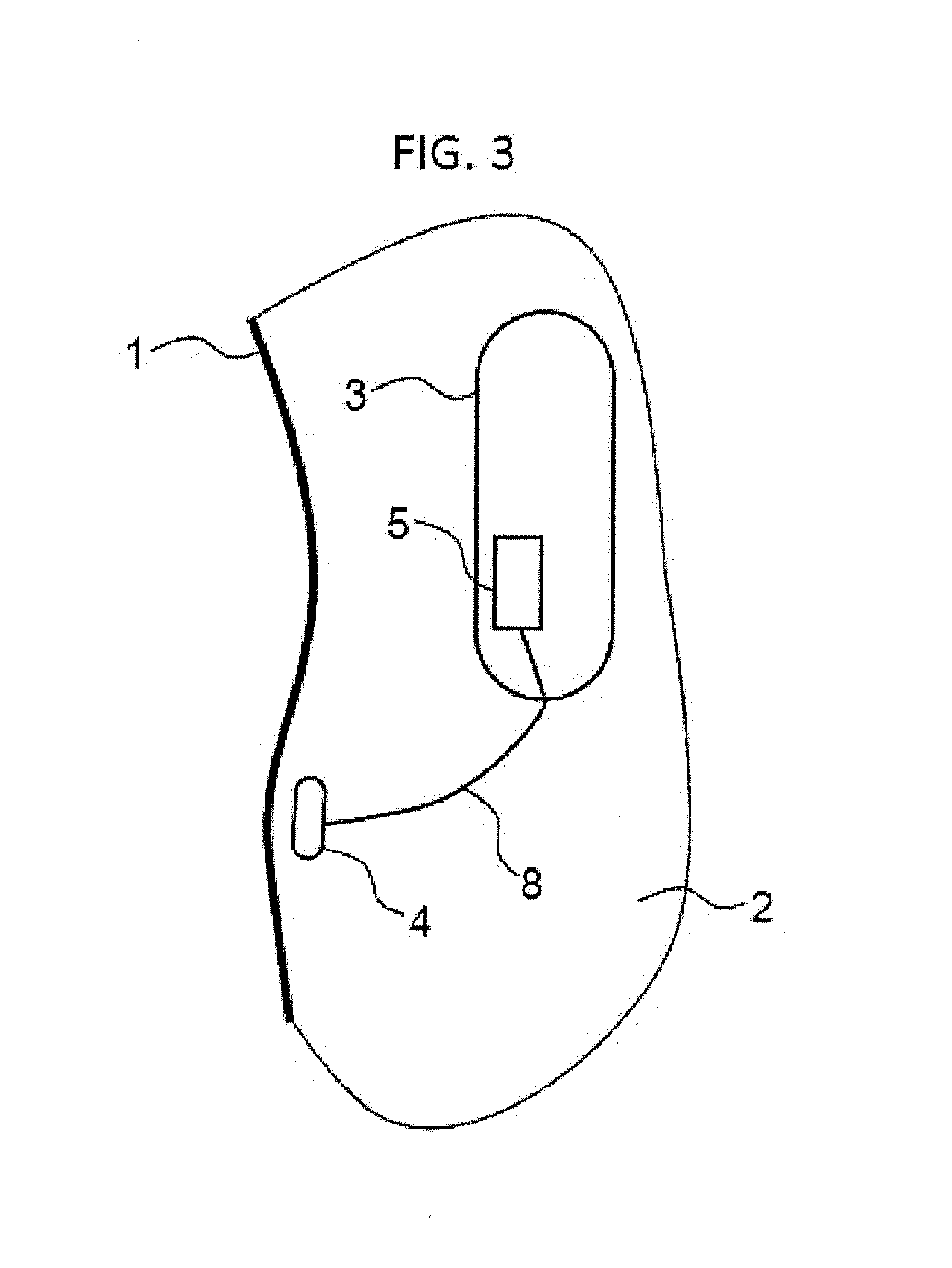System for controlling an implantable device on the basis of commands issued by a user
a technology of user-issued commands and implantable devices, which is applied in the direction of prosthesis, instruments, therapy, etc., can solve the problems of user being unable to control the implantable device, patient having to carry the remote control permanently, and the inability to control the active implant, so as to avoid untimely detection of the code and adjust the degree of occlusion
- Summary
- Abstract
- Description
- Claims
- Application Information
AI Technical Summary
Benefits of technology
Problems solved by technology
Method used
Image
Examples
Embodiment Construction
[0070]The present invention is preferably implemented in an implantable device with the purpose of controlling the implantable device without using any external device and with the purpose of offering an ergonomic and safe solution for the control of the device. The user either can be the person who carries the implantable device or an external person. In order to send a command to the implantable device, the user has to execute a predetermined code of mechanical actions that can be discriminated by a control unit as the specific command among all the data measured by the sensor(s) in the daily activities of the person who carries the implantable device.
[0071]The present invention may be employed in various applications. For purpose of illustration, the present invention will be described in the context of
[0072]Implantable Medical Devices (IMD) such as pacemakers, defibrillators, neuromodulators, artificial sphincters, gastric rings or infusion pumps.
[0073]Many functions of an IMD m...
PUM
 Login to View More
Login to View More Abstract
Description
Claims
Application Information
 Login to View More
Login to View More - R&D
- Intellectual Property
- Life Sciences
- Materials
- Tech Scout
- Unparalleled Data Quality
- Higher Quality Content
- 60% Fewer Hallucinations
Browse by: Latest US Patents, China's latest patents, Technical Efficacy Thesaurus, Application Domain, Technology Topic, Popular Technical Reports.
© 2025 PatSnap. All rights reserved.Legal|Privacy policy|Modern Slavery Act Transparency Statement|Sitemap|About US| Contact US: help@patsnap.com



